A coalition of global aviation industry associations, representing airports, air traffic management and makers of aircraft and engines, have reinforced the new adoption by IATA’s member airlines of a long-term climate goal of net zero carbon emissions by 2050. A declaration released by the cross-industry Air Transport Action Group (ATAG) commits global civil aviation operations to achieving the same goal through accelerated efficiency measures, energy transition and innovation across the aviation sector, and in partnership with governments around the world. At its Annual General Meeting in Boston on October 4, IATA passed a resolution to adopt the net zero goal that updates the previous less ambitious long-term goal agreed industry-wide in 2009. To coincide with the new goal, ATAG has released new analysis that it says outlines credible paths for the air transport sector to reach its decarbonisation target, reports Mark Pilling.
Commenting on the industry-wide ‘Commitment to Fly Net Zero’, Haldane Dodd, Acting Executive Director of ATAG said: “Aviation has increased its ambition in line with the need for all sectors of the economy to pursue rigorous climate action. Despite having endured the greatest crisis in aviation history, this new agreement shows that our sector has placed climate action as one of its highest priorities. It will be a significant challenge to meet net zero carbon emissions by 2050, but the evidence shows that with the right support from governments and efforts across the value chain, especially the energy industry, it is achievable.”
The industry stakeholders said a mix of new technology, including potentially shifting to electricity and hydrogen for some shorter services; improvements in operations and infrastructure; and a transition to sustainable aviation fuel by mid-century would provide the majority of the carbon reductions. Remaining emissions would be captured using carbon removals measures.
Dodd said it was vital governments showed their support through national policy measures focused on innovation and energy transition, and urged ICAO Member States to adopt a long-term aspirational goal in line with industry commitments at their next Assembly in 2022.
Luis Felipe de Oliveira, Director General of airports industry body ACI World, which has already set a long-term net zero goal for airports, added his urgency for ICAO to adopt the industry goal. “The road ahead will be challenging but aviation is no stranger to challenges,” he said. “Our historic declaration shows the determination of the sector to work together to take this important climate action. It is now imperative that governments support these efforts to make this vital sector sustainable.”
Simon Hocquard, Director General of CANSO, which represents air navigation service providers globally, said: “Sustainability is becoming the global issue for aviation. With many environmental gains hedging on sustainable aviation fuels, hydrogen and electrification of aircraft, it is vital we fast-track air traffic management improvements while carbon-based fuels are still commonplace.”
Referencing the updated Waypoint 2050 report, Dodd said: “It shows several scenarios, focusing on new technology options such as electric and hydrogen aircraft for the short-haul fleet, to a complete shift to sustainable aviation fuel for medium- and long-haul operations. We have identified the building blocks needed and the scale of the challenge is substantial, but with supportive government policy and the backing of the energy sector, it can be done.”
The report outlines several scenarios or pathways for the decarbonisation of air transport. One scenario focuses industry attention on sustainable aviation fuel (SAF) as the key component of action and identifies that 445 million tonnes of this low-carbon fuel would be needed by the sector in 2050. This SAF energy transition would require an investment of up to $1.45 trillion over 30 years. Annualised, this is around 6% of yearly oil and gas capital expenditure. It would create opportunities for energy industries to develop in countries across the world and potentially sustain up to 14 million jobs in operation, logistics, feedstock supply and construction.
“Importantly, this is a conservative analysis based on rigorous sustainability criteria and feedstock constraints,” said Dodd. “It shows that a build-up in capacity from sources such as agricultural, municipal and industrial wastes is available today. It also shows that over time, as costs reduce, there will be a shift to other sources such as jet fuel made from low-carbon electricity. The cost of this fuel will also reduce and, with the right government policy and energy industry support, could be competitive with fossil jet fuel.”
Another scenario places the emphasis on radical new technologies and energy sources such as electricity and hydrogen. Battery electric options may be available for small commuter aircraft of between 9-19 seats before the end of the 2020s. Hydrogen as a source of fuel could potentially power larger aircraft for short-haul operations from the middle of the 2030s.
“Both electric and hydrogen options for aircraft are exciting opportunities to test the innovative skill the industry has always displayed,” said Dodd. “Challenges remain in deploying these options, but their benefits could be significant. Coupled with SAF, particularly for longer-range missions, passengers in 2050 will have access to almost zero-carbon flights. Already, we have implemented measures that mean a flight produces around the same per-passenger emissions as a small car with average occupancy, adding in these new technical solutions will lead us beyond that and towards zero carbon connectivity.
“Air transport is a vital driver of global economic development, social cohesion, family connections and business opportunities. Governments can play a key role in helping to sustain a green recovery for aviation from the Covid-19 crisis and a path towards net zero emissions from air transport. The next decade will set the sustainable aviation agenda out to 2050 and beyond. This is a crucial period.”
Image: ATAG



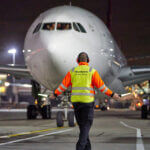
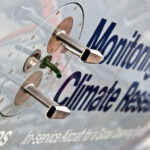



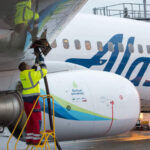
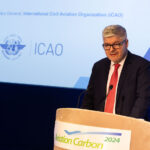



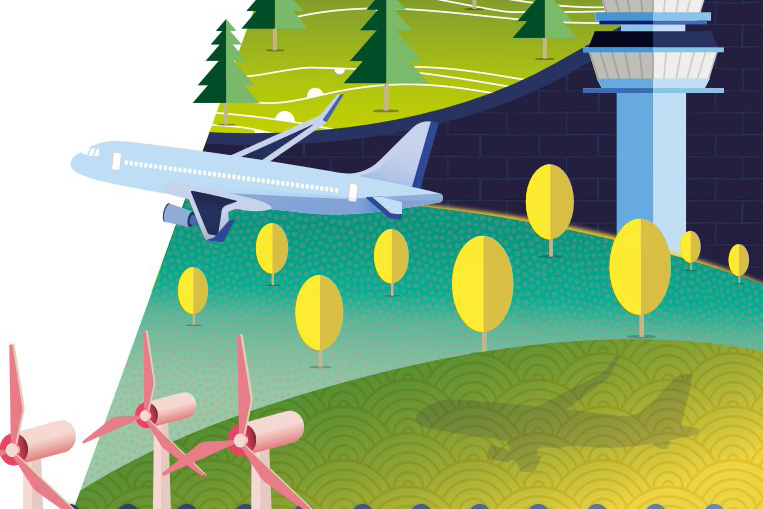


More News & Features
ICAO signs agreement with IRENA to boost finance opportunities for SAF production
Cambridge report sets four goals to be implemented by 2030 for global aviation to reach Net Zero
Inclusion of SAF in new climate legislation for EU cleantech industry welcomed by aviation sector
Shortages of new aircraft impact aviation’s sustainability plans, says aircraft lessor Avolon
Australia focuses on emissions in Aviation Green Paper, as Qantas ups SAF commitments
European Parliament adopts rules to stimulate supply of sustainable aviation fuels